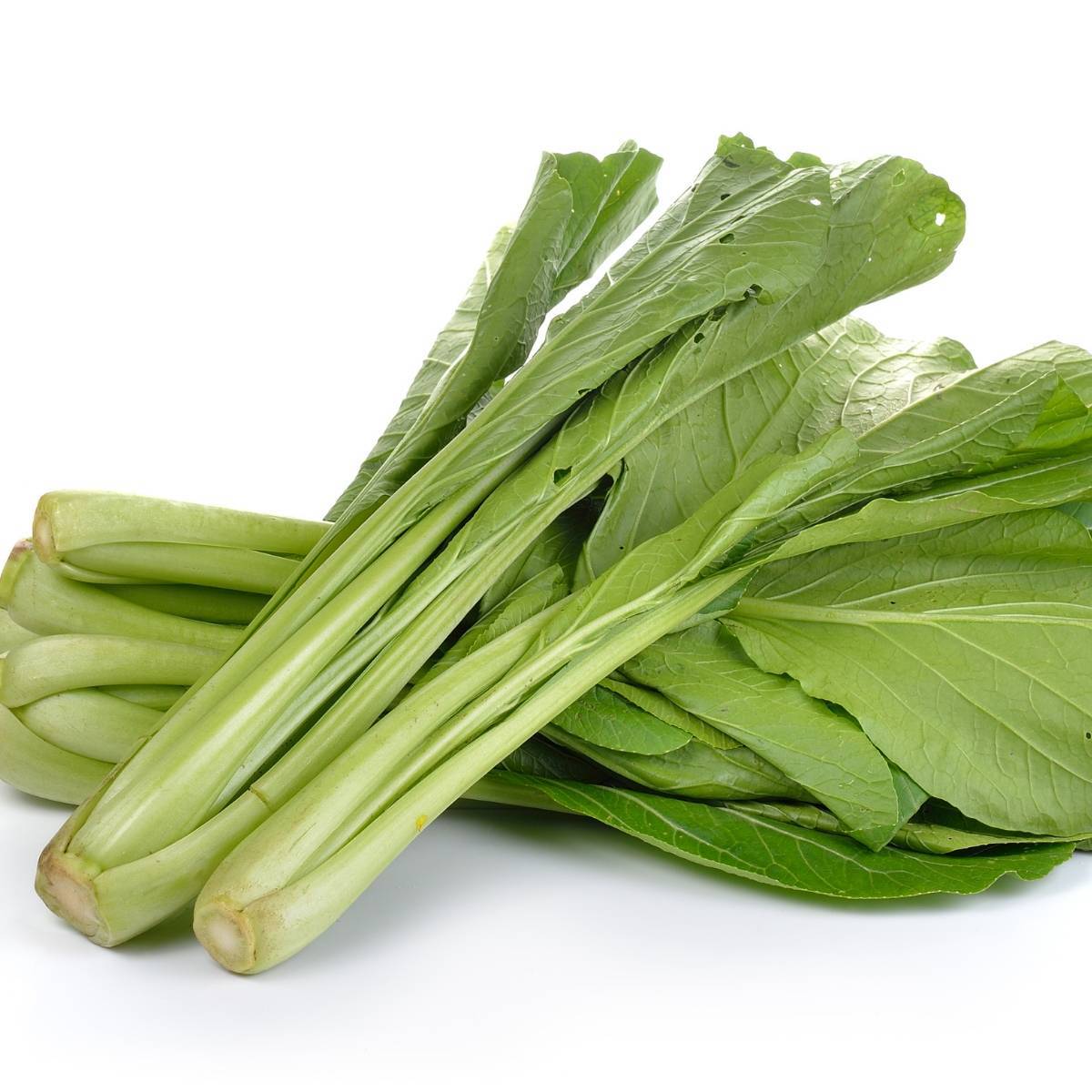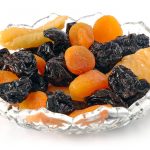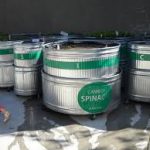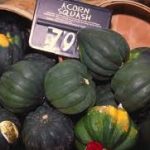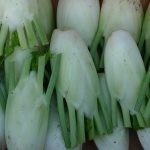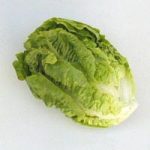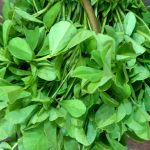Also known as Indian mustard, Chinese mustard, green mustard cabbage or leaf mustard, mustard greens are a species of mustard plant whose latin name is Brassica juncea.
Mustard green leaves, its seeds and its stem are all eaten in African, Italian, Indian, Chinese, Japanese, Korean, and soul food culinary dishes.
So if we can eat them, can guinea pigs eat mustard greens?
Lets take a look at its nutritional data and find out more about about them.
As per usual we are interested in the fat, calcium, phosphorus, sugar, and acidic content.
Energyt110 kJ (26 kcal)
Carbohydratest4.51 g
– Sugarst1.41 g
– Dietary fibert2 g
Fatt0.47 g
Proteint2.56 g
Vitamin A equiv.t618 μg (77%)
– beta-carotenet7400 μg (69%)
– lutein and zeaxanthint10400 μg
Thiamine (vit. B1)t0.041 mg (4%)
Riboflavin (vit. B2)t0.063 mg (5%)
Niacin (vit. B3)t0.433 mg (3%)
Pantothenic acid (B5)t0.12 mg (2%)
Vitamin B6t0.098 mg (8%)
Folate (vit. B9)t9 μg (2%)
Vitamin Ct25.3 mg (30%)
Vitamin Et1.78 mg (12%)
Vitamin Kt592.7 μg (564%)
Calciumt118 mg (12%)
Iront0.87 mg (7%)
Magnesiumt13 mg (4%)
Phosphorust42 mg (6%)
Potassiumt162 mg (3%)
Sodiumt9 mg (1%)
Zinct0.22 mg (2%)
As you can see mustard greens do contain some phosphorus, quite a bit of calcium, is a little acidic, has a hint of fat and some sugar.
They contain however a very good amount of vitamin c which is fantastic.
With this information, guinea pigs can eat mustard greens but only on a once a week basis because of the nutrients mentioned above. But with all of that, your piggies will probably love them.
For more foods that guinea pigs can and can’t eat, check out our GUINEA PIG FOOD LIST.

